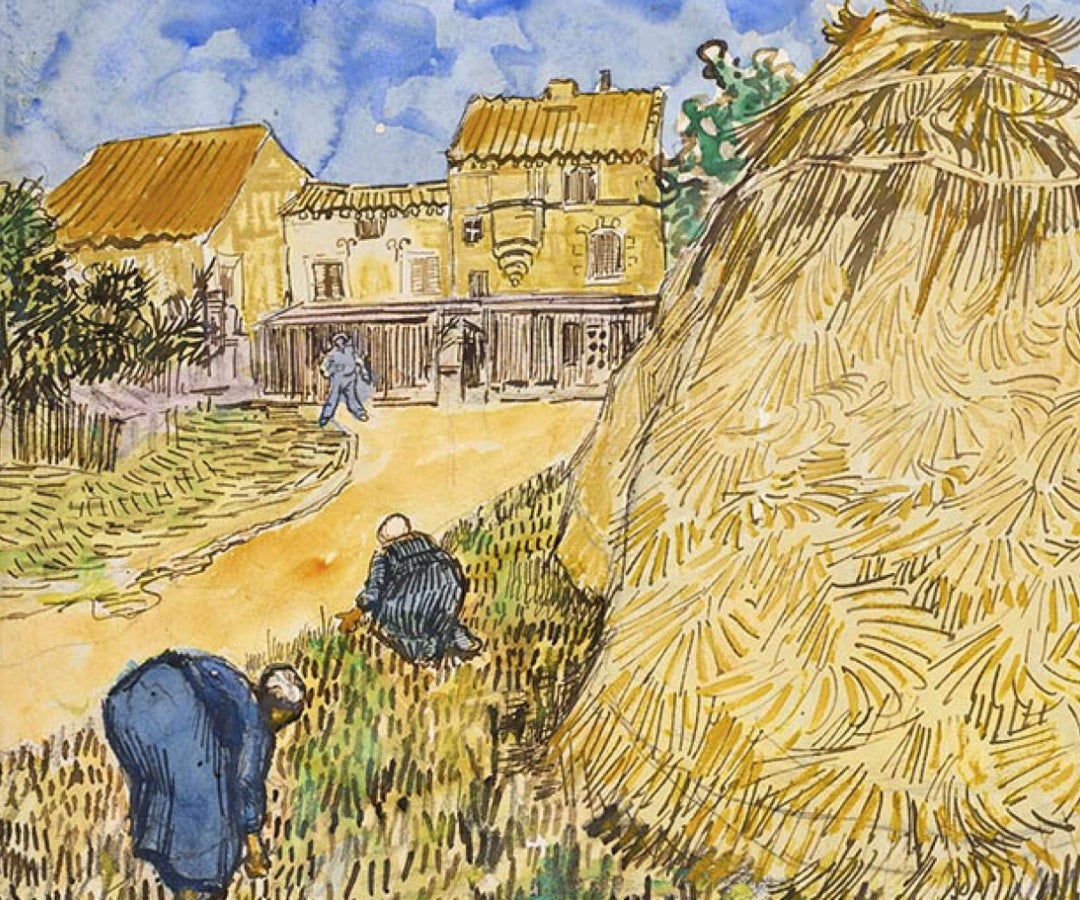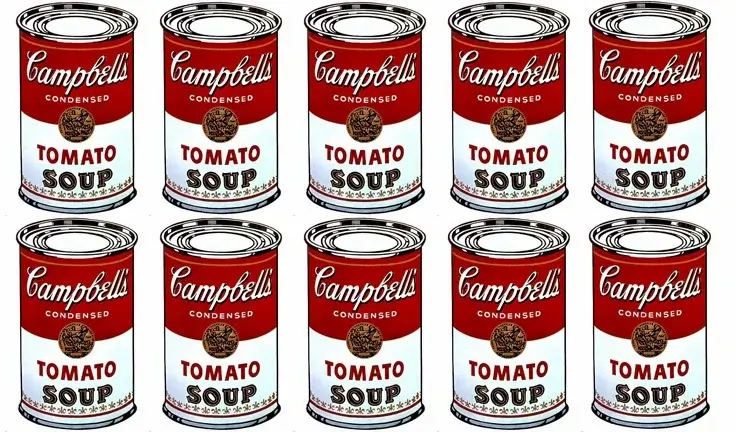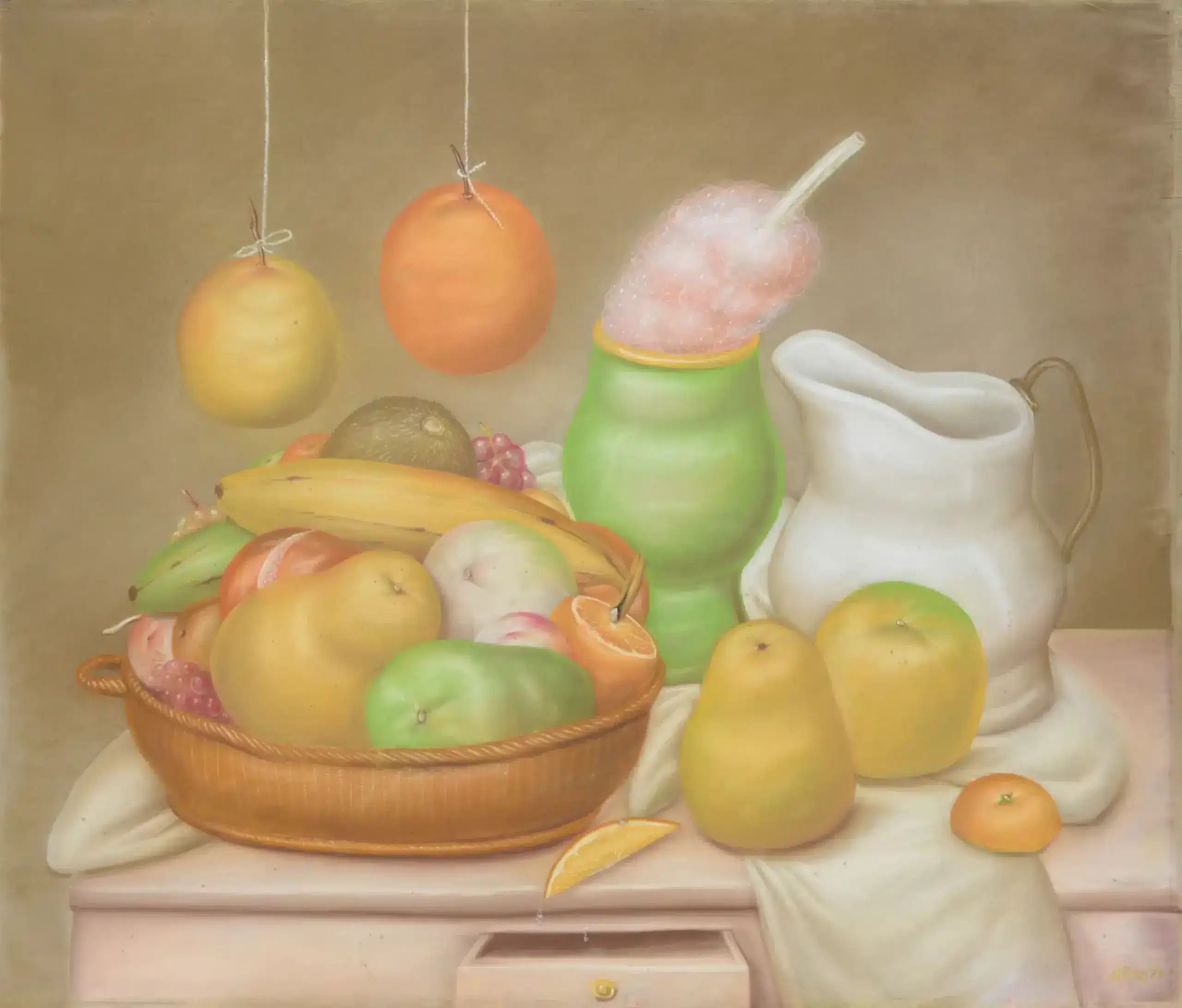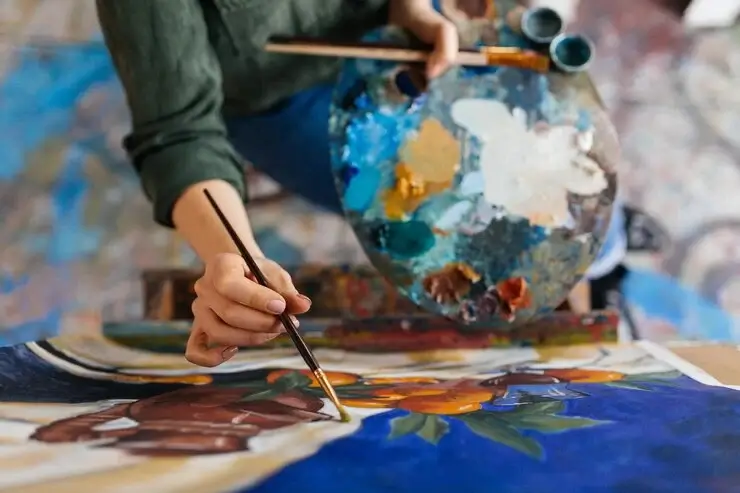Painting is a form of artistic expression that encompasses a wide range of techniques, materials and styles, each of which offers artists the opportunity to explore their creativity in ways, each of which is best suited for each artist and allows them to find their personal style. These are some techniques in painting:
Oil Painting
Oil painting is one of the oldest painting techniques. It is characterized by the use of pigments mixed with oils, generally linseed oil and turpentine, although there are artists who dare to experiment with some conventional mees. This technique allows artists to create rich, vibrant colors, as well as smooth blends and gradual transitions.
One of the most notable advantages of oil paint is its ability to remain wet for an extended period of time, which allows artists to work on fine details and obtain intense colors. The slow drying time also facilitates error correction and layering, resulting in works with great depth.

Watercolor
Watercolor is a painting technique that uses pigments diluted in water. It stands out for its transparency and the use of subtle layering. The colors are applied in very wet, transparent-looking layers on paper, allowing light to pass through them, creating subtle, luminous effects. Watercolor often requires careful planning. The wet-on-wet wash technique allows colors to blend fluidly and spontaneously, creating a unique and beautiful style.

Acrylic Paint
Acrylic painting is a versatile technique that uses pigments suspended in an acrylic medium. Unlike oils, acrylics have a short drying time, which allows artists to work in successive layers in a short period of time; this facilitates the creation of works with vivid colors and a uniform surface. Acrylics can be used on a variety of surfaces, including canvas, wood, paper and more. In addition, they can be mixed with a variety of media to achieve unique effects and thicker, more solid textures.

Pastel Painting
Pastel painting uses pigments mixed with gum tragacanth to create a paste that adheres to paper, cardboard or fabric. Pastels are known for their smooth texture and vibrant colors. This technique allows artists to create works with a blurred look, ideal for portraits and landscapes. Pastels can be mixed and overlapped to achieve a wide range of effects and colors.

Mixed Technique
Mixed media is a form of artistic expression that combines different mediums, such as oil and
acrylic, watercolor and colored pencils, or any combination of techniques. This allows the
artists experiment with a variety of effects and textures. The mixed technique is particularly
suitable for those who wish to explore the fusion of styles and the creation of works of art.
unique and personal.

Each technique has its own unique characteristics and challenges, making painting an infinitely diverse and constantly evolving art form. The choice of the right technique depends on the artist’s vision and style.





